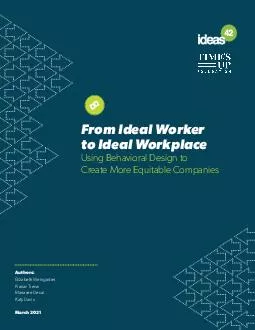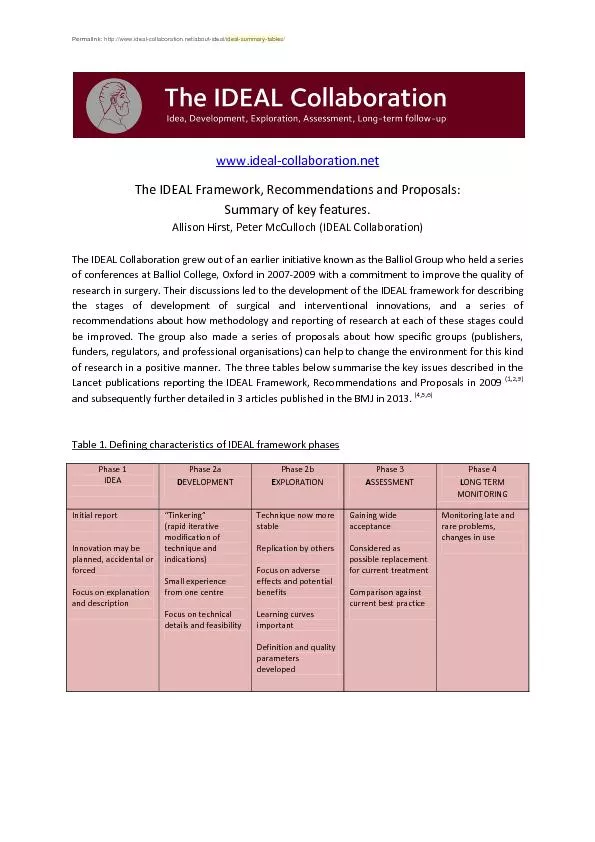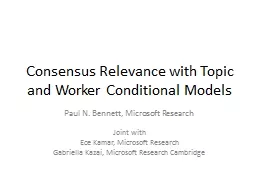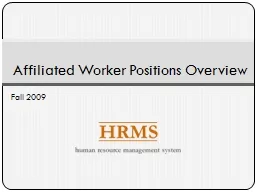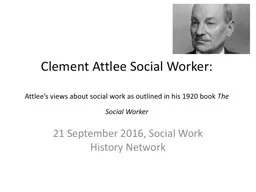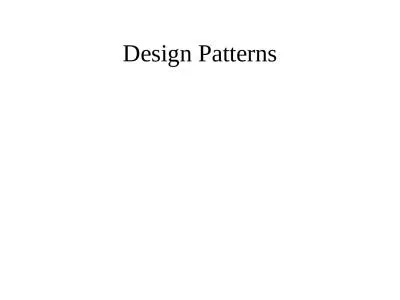PDF-From Ideal Worker to Ideal WorkplaceUsing Behavioral Design to Create
Author : anastasia | Published Date : 2021-10-04
FROM IDEAL WORKER TO IDEAL WORKPLACE Using Behavioral Design to Create More Equitable Companies 1Acknowledgements This report would not have been possible without
Presentation Embed Code
Download Presentation
Download Presentation The PPT/PDF document "From Ideal Worker to Ideal WorkplaceUsin..." is the property of its rightful owner. Permission is granted to download and print the materials on this website for personal, non-commercial use only, and to display it on your personal computer provided you do not modify the materials and that you retain all copyright notices contained in the materials. By downloading content from our website, you accept the terms of this agreement.
From Ideal Worker to Ideal WorkplaceUsing Behavioral Design to Create: Transcript
Download Rules Of Document
"From Ideal Worker to Ideal WorkplaceUsing Behavioral Design to Create"The content belongs to its owner. You may download and print it for personal use, without modification, and keep all copyright notices. By downloading, you agree to these terms.
Related Documents

